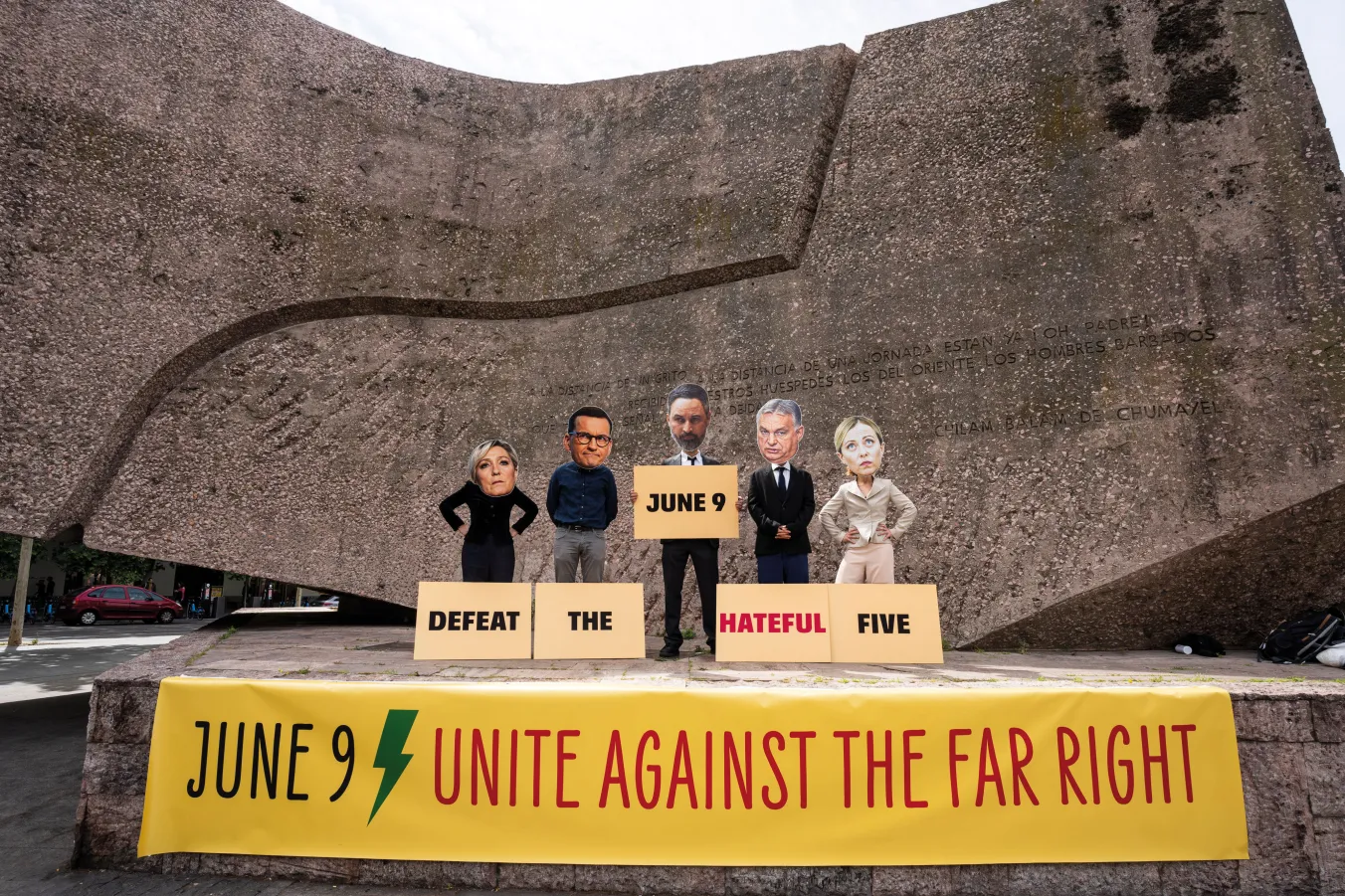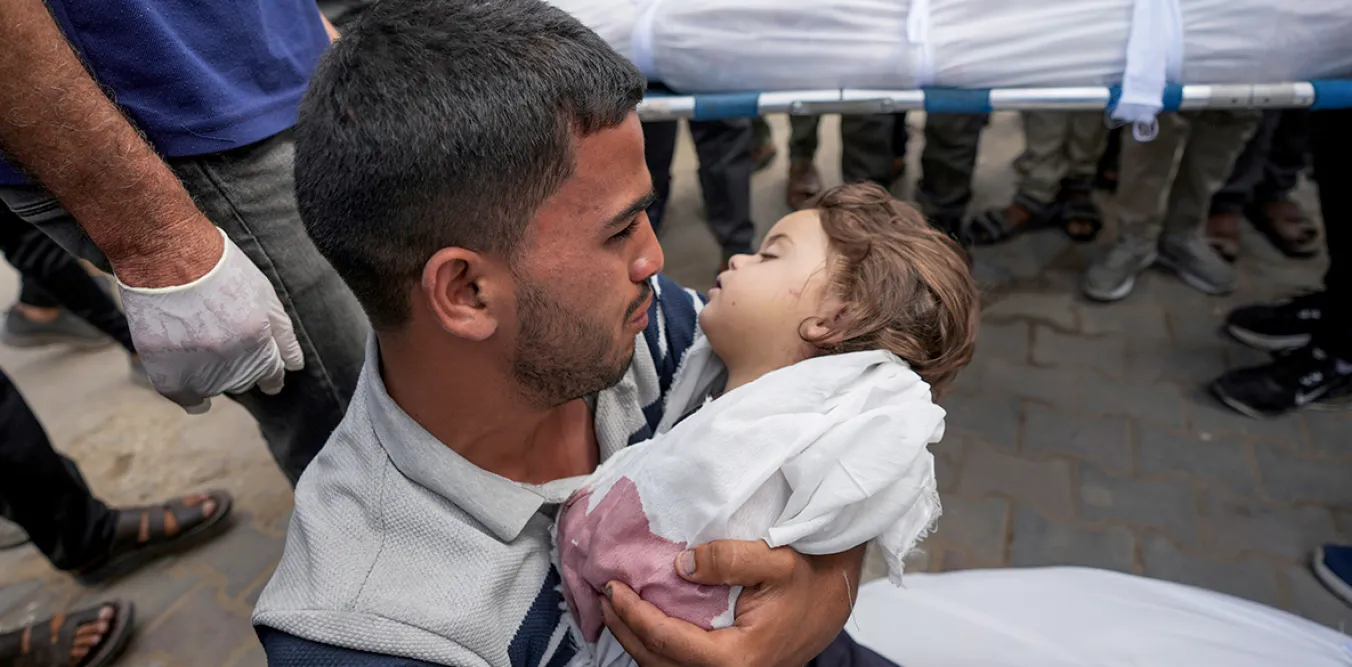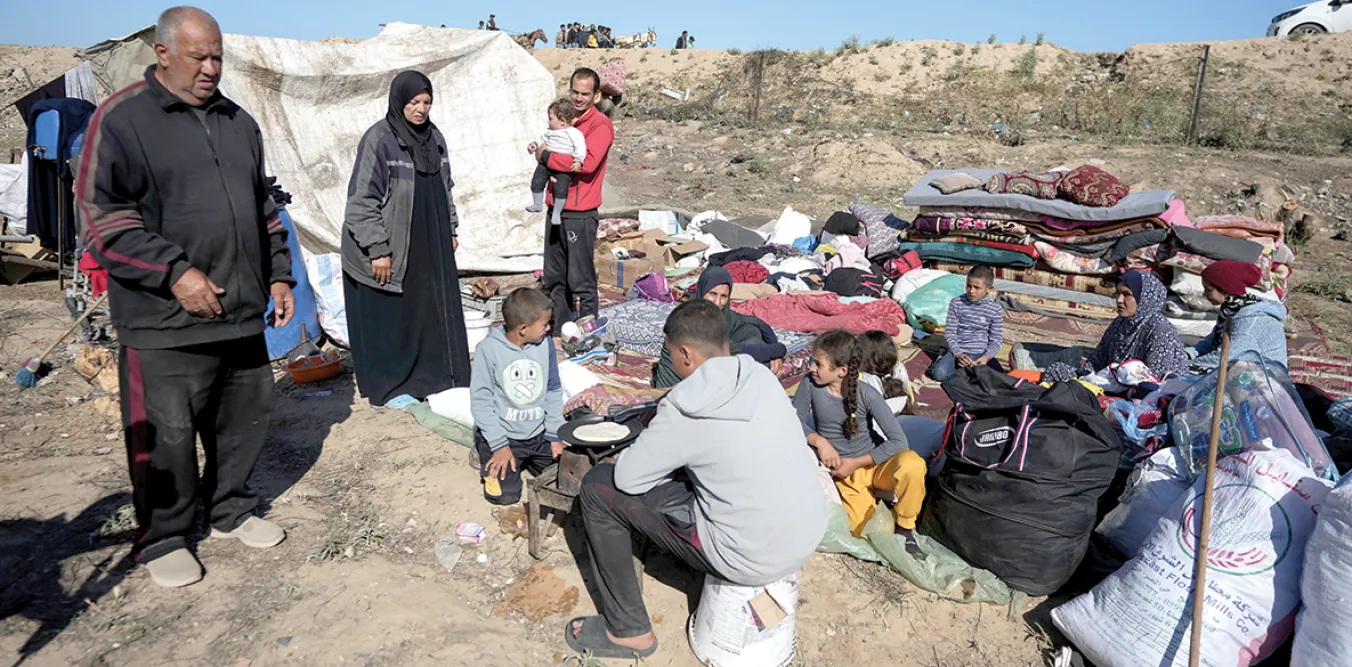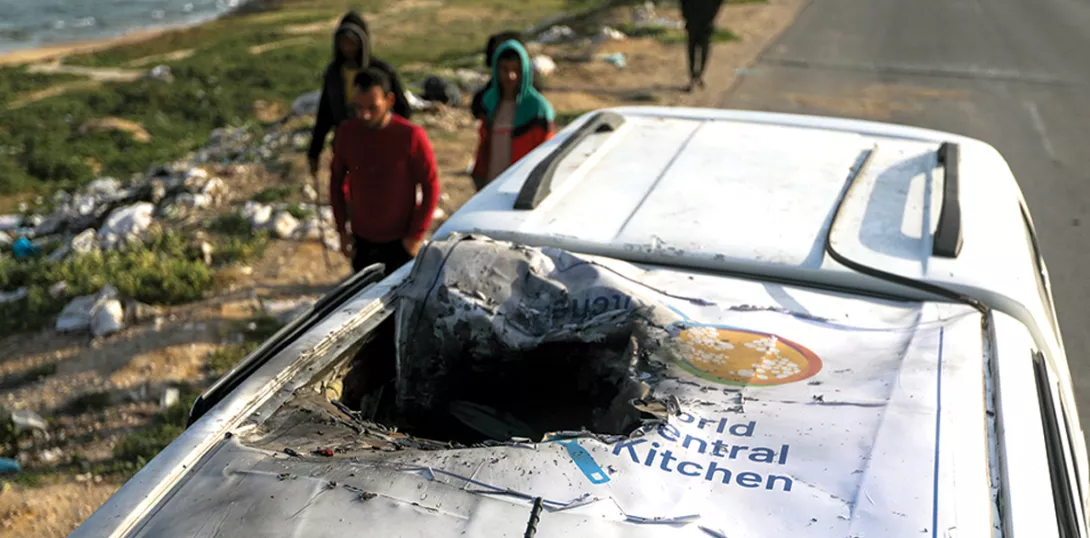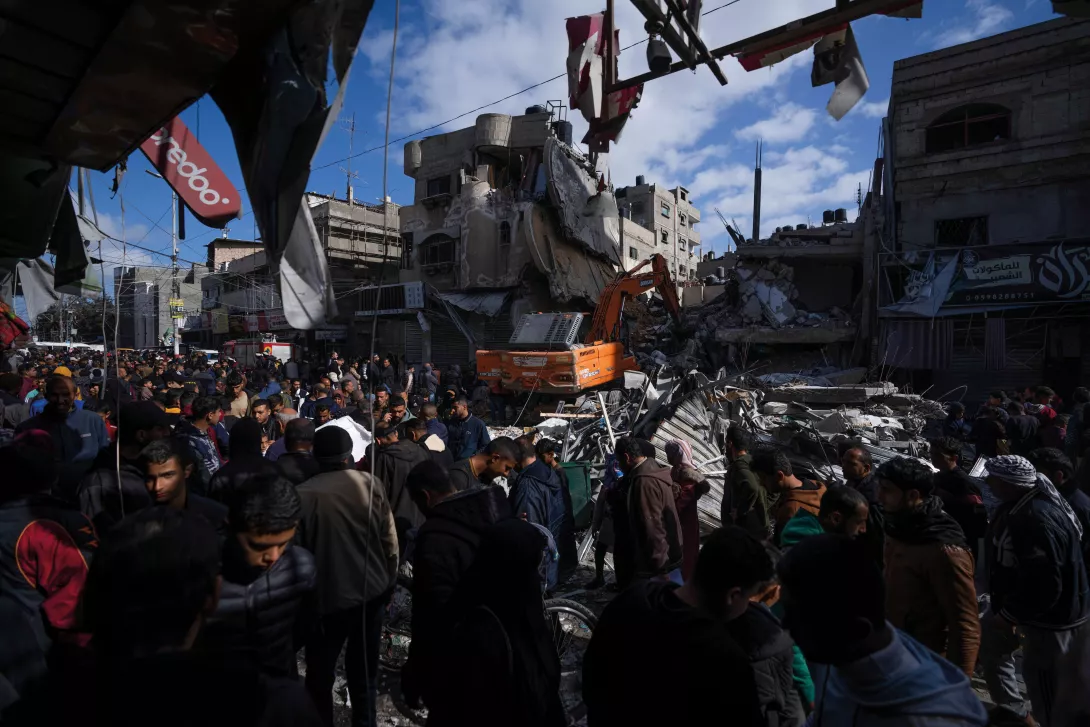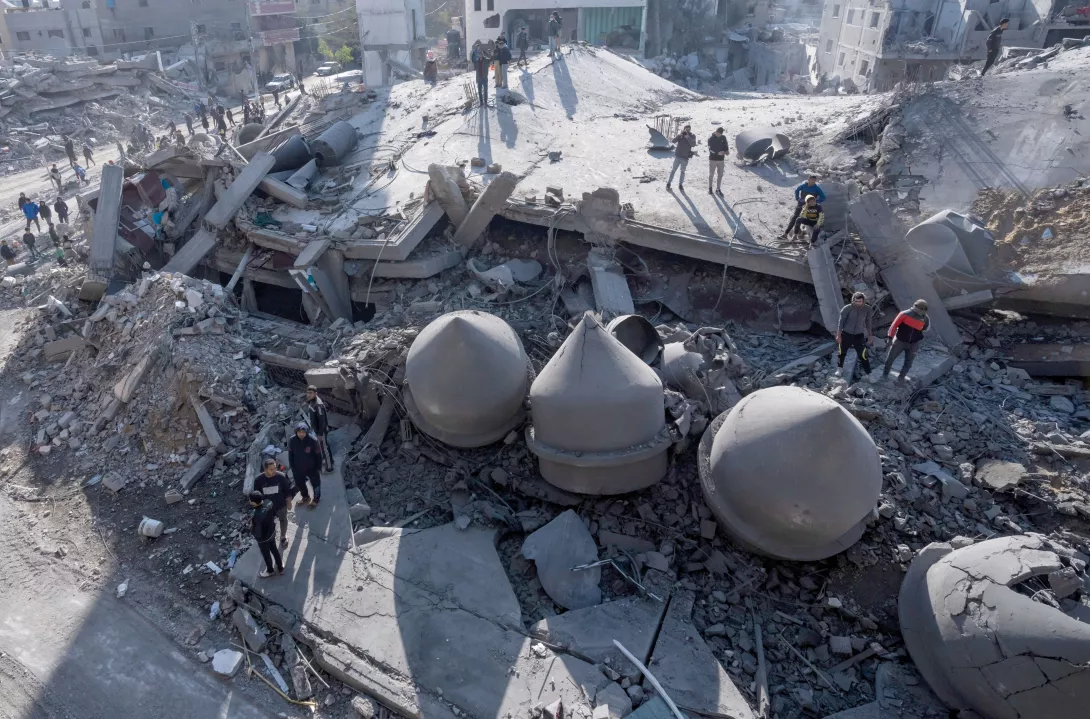
ISRAEL’S genocidal action in Gaza has led to at least 30,000 dead (including 12,000 children). The past week has seen Israeli forces bombing Rafah — the last refugee haven in Gaza. But while the Israelis wage their ethnic cleansing campaign with bombs and bullets, they’ve also weaponised far more insidious means, including environmental destruction to make sure that no-one can return to a poisoned land.
Israeli armed forces are not just intentionally bombing residential areas in Gaza indiscriminately but are also using their sophisticated electronic surveillance technology to target the educated and skilled sections of Palestinian society, like academics, doctors, teachers, engineers. Only last week Israel killed Professor Nasser Abu al-Nour, a professor at the faculty of nursing at the IUG University in Gaza, along with seven members of his family in an attack on his home.
On top of this, and for the first time in the history of war, the Israelis are deliberately targeting journalists. In 2023 alone almost 100 journalists have been killed and 400 imprisoned, according to a report by the International Federation of Journalists. Israel does not want its war crimes documented.



